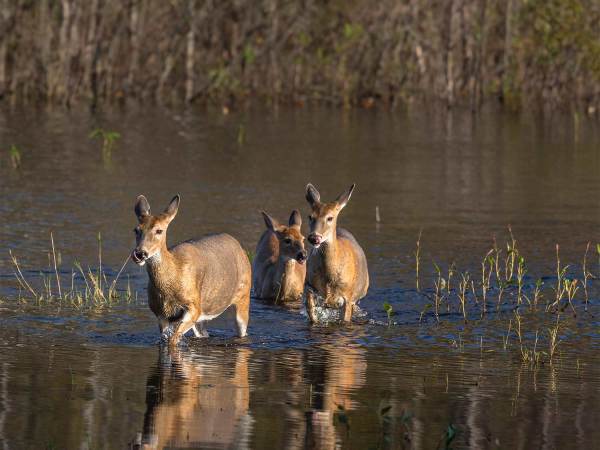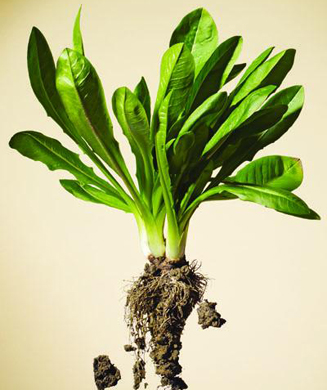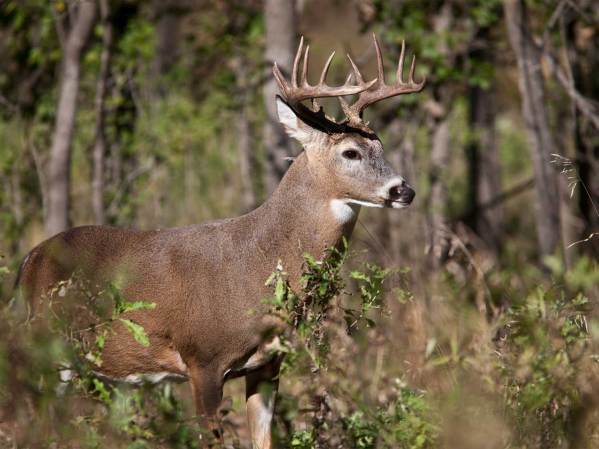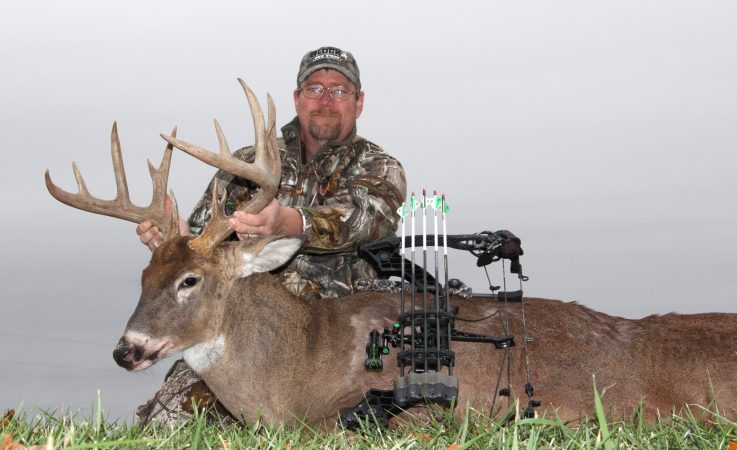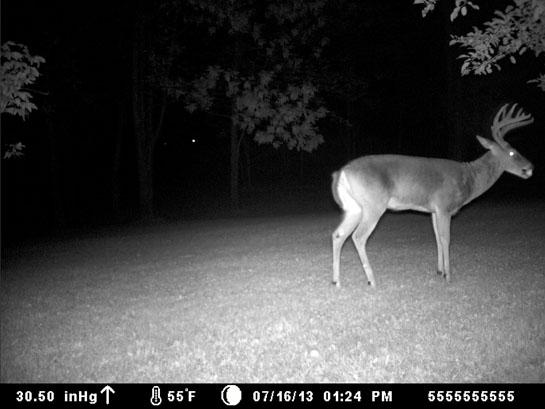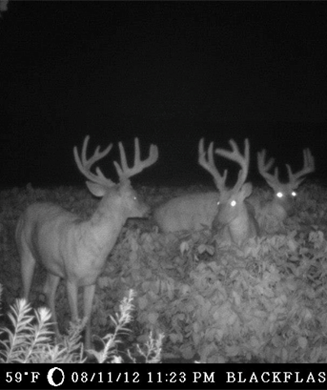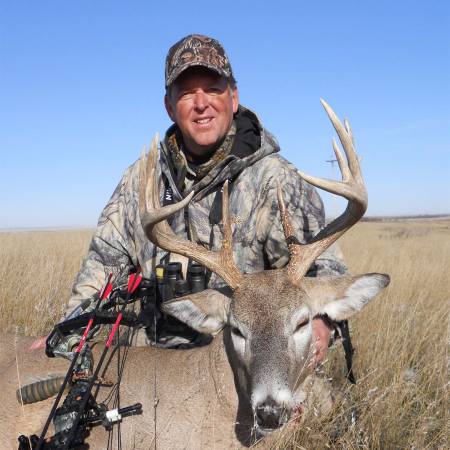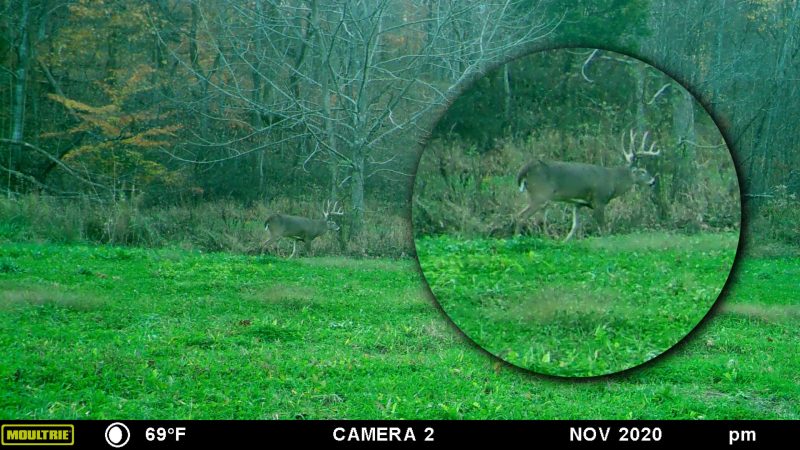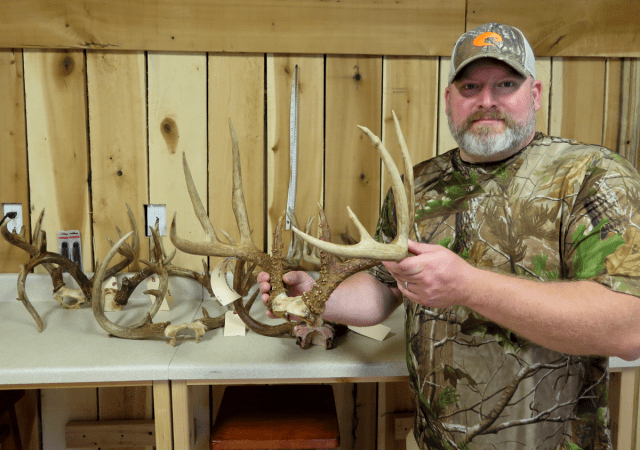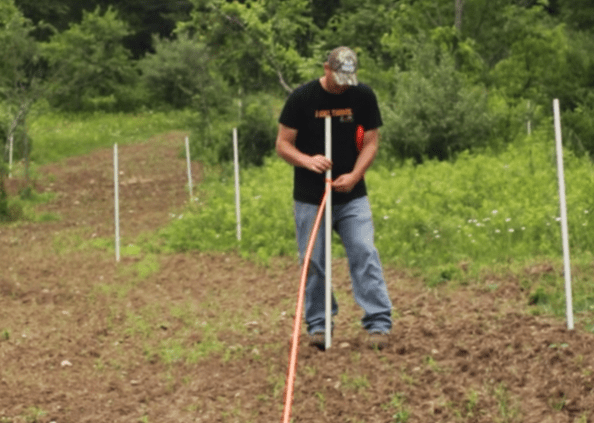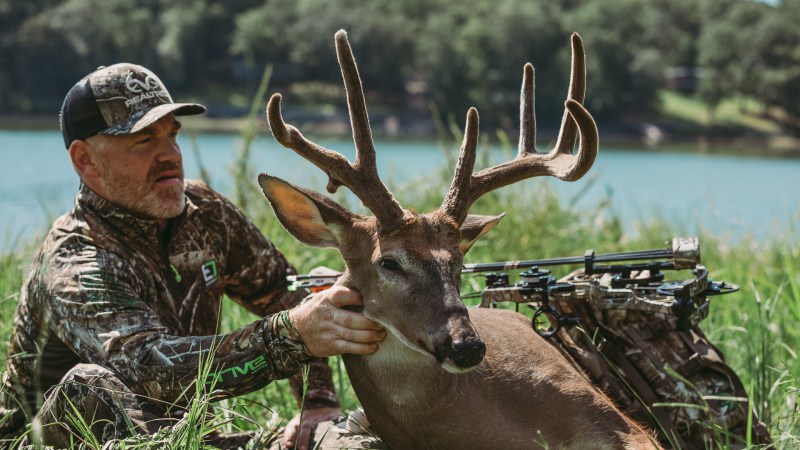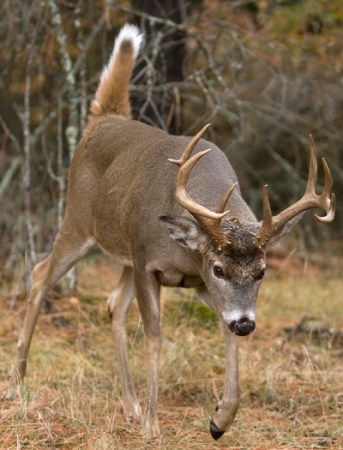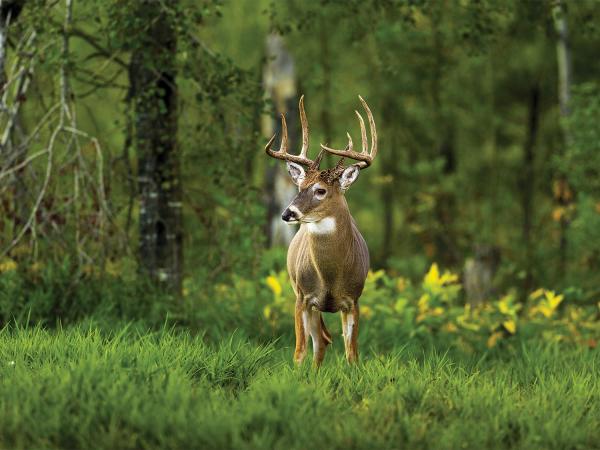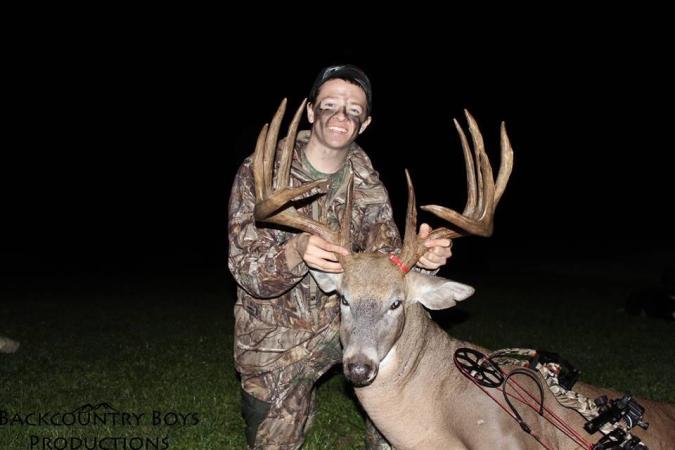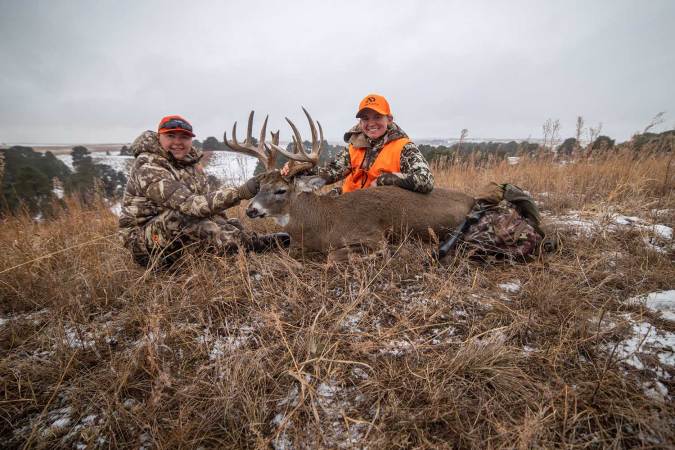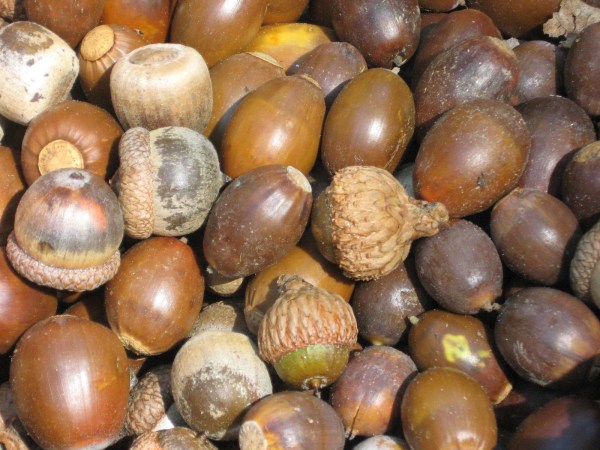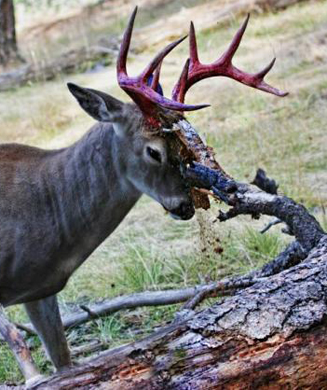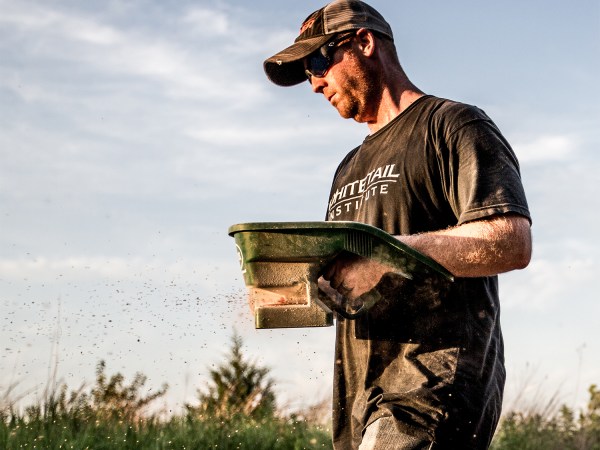Seven years ago, an outbreak of Dutch elm disease on my property turned out to be a blessing in disguise. The fungus had decimated the elms around one of my favorite food plots. In an attempt to extirpate the disease, I cut down enough dead or dying elms to feed my wood stove for several seasons. The aftermath of that cutting drastically improved my bowhunting success and thereby taught me a lot about setting the trap.
Before the outbreak of Dutch elm disease, hunting that food plot had been a crapshoot; deer entered and exited the food source at random locations. By piling the discarded elm branches at strategic points around the field, I created an ideal funnel that runs right past one of my tree stands.
During my first evening in that stand, three bucks approached the field from behind me. Though they were angling toward the opposite corner of the field, when they hit the wall of brush that I’d piled up, they turned and paralleled the obstruction until they sauntered by my stand at 15 yards. The biggest one, a dandy eight-pointer, was the focus of my aim. My shot was true, and in the years since that hunt five more mature bucks have fallen victim to that setup.
STAND LOCATIONS
In 1999, I carved out several food plots on my northern Michigan hunting property. I used a bulldozer to clear the ground and to push piles of debris around the field edges. I left only a few corridors for the deer to access each plot. I further enhanced those corridors by cutting man-made trails through the woods until they intersected with several natural deer runways.
In my experience, mature bucks in pressured areas generally will avoid exposing themselves in open fields during daylight. As a result, I only hunt right on top of a food plot if it’s small and secluded enough to make bucks feel safe. As a general rule, I place stands at least 100 yards from fields, where trails I cut through the brush cross natural deer runs.
EMERGENCY EXITS
After creating funnels to and from a food plot or other feeding site, I look for the best exit route. Ideally, I want to be able to sneak away without spooking feeding deer off the food plot and without scaring away bucks that are approaching the area after dark. This is another good reason for hunting from a stand positioned 100 or more yards away from a feeding area. Also, keep the wind direction in mind. You don’t want your scent to waft over the area when you leave the woods at sunset, educating deer to your presence.
The last thing to consider is an observation post. Find a place where you can approach the site unseen to check to see if deer are using the field and to see which trails they’re using to enter.
This may seem like hard work. But when you consider the time and money it takes to produce a food plot, the effort required to set it up properly is a small price to pay for the return on your investment: trophy bucks.
Creating a Rutting Area
Placing a few trees strategically in a food plot can create a rutting hot spot. Fresh-cut pines with 4- to 5-inch bases work best, but freshly cut tops will also work. Using a posthole digger, place the pines in front of the main trail that enters the field. Remove all the lower branches to about 6 feet up. During the rut, bucks will rub their antlers on those trees with reckless abandon.

